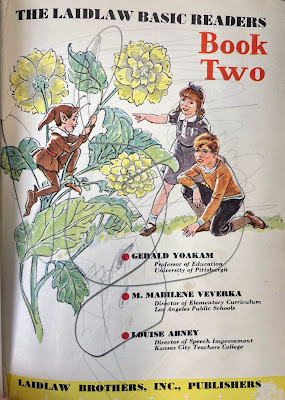Alabama has many lesser known treasures, and on a recent weekend my brother Richard and I visited one of them--the Fayette Art Museum.
The museum is located in the town and county of Fayette in northeast Alabama. Fayette is the county seat, so there is an impressive old courthouse to be seen. More about that and the town in another post.
A former school building is the site of the museum. The Fayette Grammar School opened in 1930, but by the early 1970s was abandoned and in disrepair. An art museum had opened in city hall in 1969, and newspaperman Jack Black was named director. An effort began to restore the school and in 1982 the Fayette Art Museum and Civic Center opened. Black remained director until his death in 2004. The current director is Anne Perry-Uhlman. The museum houses over 4000 works of art. Also located there is the Fayette County Sports Hall of Fame.
So how did all that art end up in the small town of Fayette? The core of the collection originated with Lois Wilson, who in 1969 donated some 2600 works of art by her and other artists she had collected. Wilson [not the film actress who grew up in Birmingham] was a Fayette native who died in Yonkers, New York in relative poverty in 1981. Over a sixty year period she created 3000 works herself.
The restored school exhibits and stores her surviving collection and the numerous pieces by others added in recent years. The museum currently houses works by a number of additional Alabama artists such as Jimmy Lee Sudduth [1910-2007], Sybil Gibson, Jessi LaVon, Doug Odom, Wanda Teel, and Mose Tolliver [1920-2006]. Also from Fayette County are the Rev. Benjamin Perkins [Bankston] and Fred Webster [Berry]. One artist included who is not from the state is impressionist Sam Barber.
Sudduth is an internationally known folk artist born near Fayette. Tolliver is equally well-known; he was born near Montgomery. The Rev. Benjamin F. Perkins [1904-1993] a Vernon, Alabama native, is another folk artist represented in the museum. Fred Webster [1911-1998] was a wood carver. Sybil Gibson [1908-1995, Dora], Jessi Lavon [Forkland], Doug Odom [Headland], and Wanda Teal [Montgomery] are additional folk artists.
In 1999 National Geographic chose the museum as a regional attraction. Since 1970 the annual Fayette Arts Festival has been sponsored by the museum. The museum is well worth a visit; it may house more folk and other art by Alabama artists than any other place in the world.
Further Reading
Kathy Kemp, A town's tiny treasure. Jack Black put Fayette on art map. Birmingham Post-Herald 9 August 1993, p B1,, B4
Harold Kennedy, If it was discarded, Lois Wilson would paint on it. Birmingham News 7 February 1982, p B1.
Lots of art is to be seen as soon as you enter the museum.
While Richard and I visited, set up was underway for a wedding to be held the next day. The facility is also an event center. Art adorns the walls of meeting rooms [former classrooms] and the auditorium.
One of the downstairs galleries is devoted to Jimmy Lee Sudduth.
The museum displays many of Wilson's large and small works.
Lois Wilson
An entire gallery is devoted to art by the Rev. Benjamin Perkins.
Here's a reminder that you are in a former school building.
Even the director's office serves as a gallery.
Wilson served as a private in the Army Air Force during World War II. She enlisted in Yonkers on August 16, 1944, in the Women's Army Corps according to that record.
Source: Ancestry.com
Wilson is buried in the Fayette City Cemetery.





























































